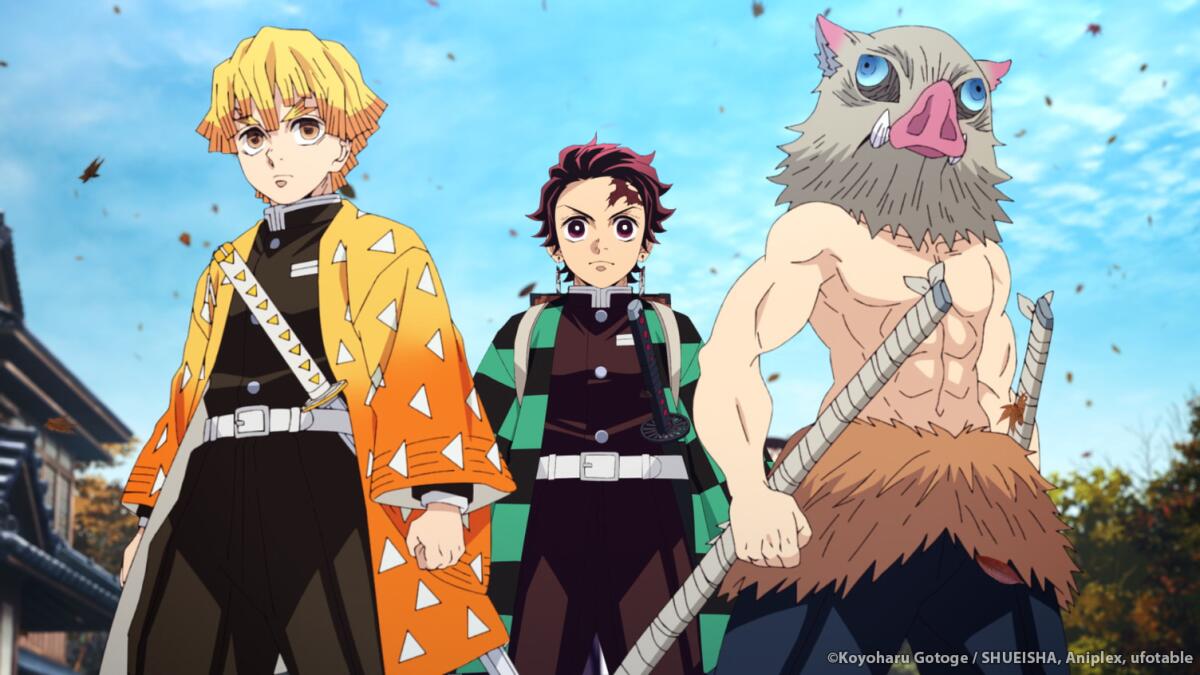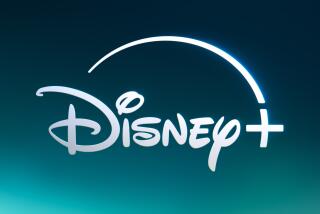Sony bets big on Crunchyroll as global anime audience grows

Sony Pictures Entertainment is consolidating its anime businesses under the Crunchyroll banner to better compete in the growing streaming market for Japanese animation.
The company is adding hundreds of hours of programming and dozens of titles, including âCowboy Bebop,â to the Crunchyroll streaming service that were previously available through its Funimation outlet, the company said Tuesday.
Culver City-based Sony Pictures, the film and TV entertainment arm of Tokyo electronics giant Sony Corp., made a big bet on the anime market last year when it bought streaming service Crunchyroll from AT&T for $1.175 billion.
How Charles Roven and Alex Gartner of Atlas Entertainment helped Sonyâs âUnchartedâ break Hollywoodâs video game curse and brought âOppenheimerâ to Christopher Nolan.
The problem was that Sony then had two subscription streamers focused on the market for Japanese animation. Fans had to subscribe to both Crunchyroll and Funimation to get everything they wanted, in addition to Netflix and other services, said Colin Decker, who runs Sonyâs anime businesses.
âA big chunk of your content was divided,â said Decker, chief executive of Crunchyroll. âIt was a pretty bad experience, and thatâs been a frustration that the company has attempted to fix.â
Sony had always intended to unify the services into one offering. Now Sony is making good on that goal to simplify things for consumers by adding more than 1,600 hours and 50 titles to Crunchyroll in hopes of making the app more attractive.
Crunchyroll, which charges tiered subscription fees ranging from $8 to $15 a month, had 5 million subscribers and 120 million registered users as of the close of the acquisition by Sony in August. Sony has not released subscriber numbers for Funimation.
Funimationâs service will continue to exist and add new episodes of current shows as the company moves viewers over to Crunchyroll.
As of Tuesday, Crunchyroll has more than 40,000 episodes, with more to come including new exclusive series starting in April, the company said. Titles available through Crunchyroll including âDemon Slayer: Kimetsu no Yaiba,â âAttack on Titanâ and âMy Hero Academia.â
The company is also renaming it anime arm as Crunchyroll LLC from Funimation Global Group.
The consolidation comes as consumers are increasingly stretched by the proliferation of streaming services, including general interest apps like Netflix, WarnerMediaâs HBO Max, Walt Disney Co.âs Disney+, Comcastâs Peacock and Paramount Globalâs Paramount+.
Anime is also becoming more competitive, with the biggest players diving in. Netflix in 2020 signed deals with multiple anime studios â Naz, Science Saru, MAPPA and Studio Mir â to increase the supply of content for its service, which now has 222 million subscribers. AMC Networks in January acquired anime content distributor Sentai and its assets, including streaming service Hidive.
An industry report last year estimated the size of the global anime market at $24.23 billion in 2020 and projected it to grow to $43.73 billion by 2027.
âWeâve always known itâs not a niche, actually, itâs a huge category,â Decker said. âEvery kid in America knows what anime is. And I donât think the same can be said for some of the legacy entertainment brands.â
Loyal fans not only watch shows and movies. They buy tickets for live events, read manga and buy toys and other collectibles.
Sony has also seen some success at movie theaters by releasing anime titles. âDemon Slayer the Movie: Mugen Train,â produced by Sonyâs Aniplex and released by Funimation in the U.S., grossed nearly $50 million at the U.S. box office last year. Globally, the film collected $455 million.
âIt has probably more in common with Burning Man than it does with the streaming wars,â Decker said of the anime market. âPeople come for a sense of belonging.â
More to Read
Inside the business of entertainment
The Wide Shot brings you news, analysis and insights on everything from streaming wars to production â and what it all means for the future.
You may occasionally receive promotional content from the Los Angeles Times.












